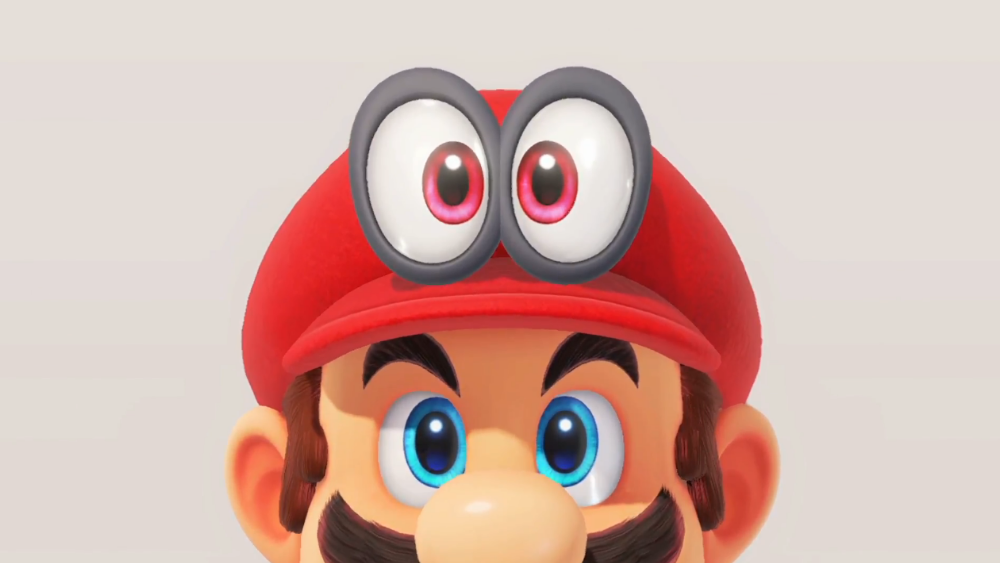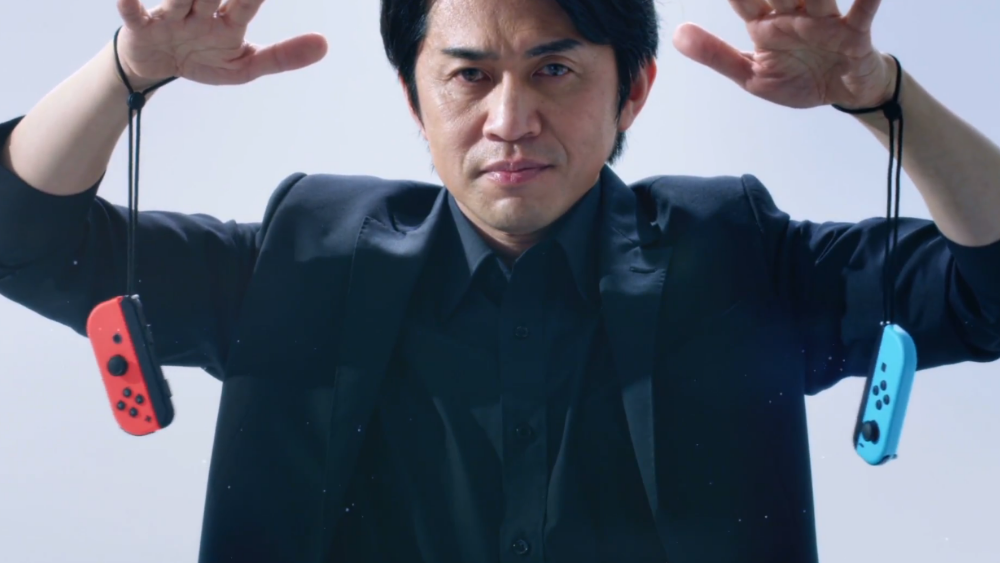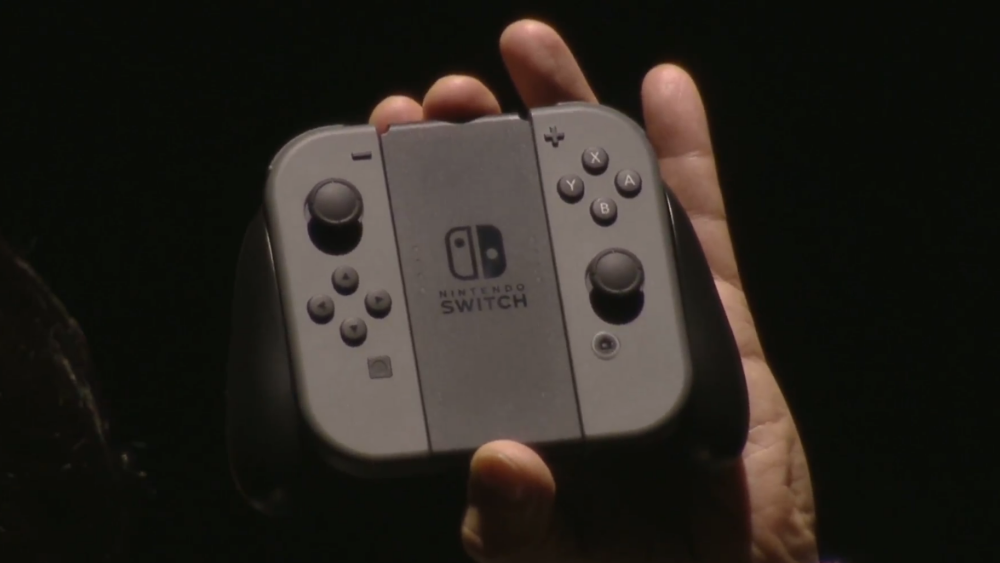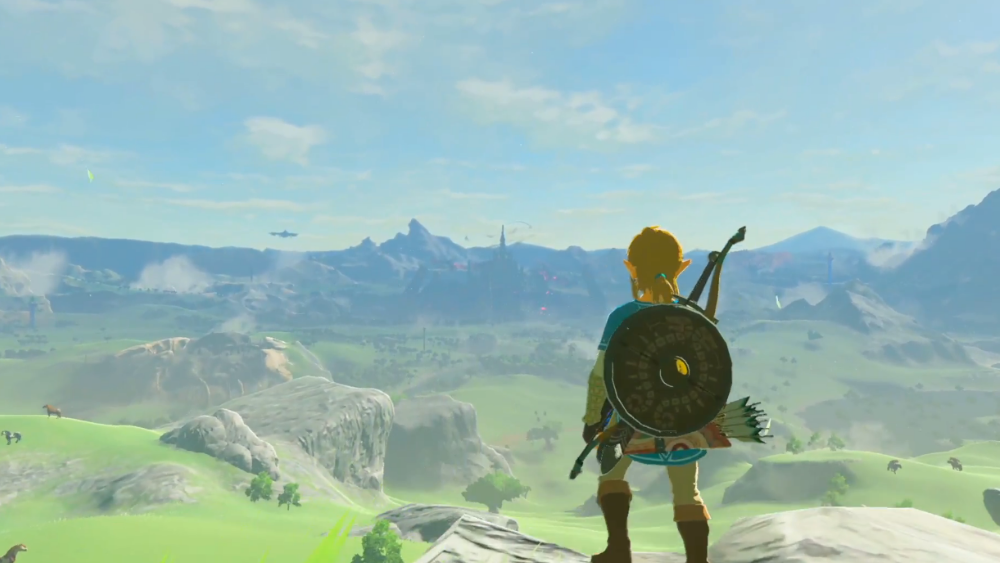It’s time to stop comparing the Switch to the Wii and Wii U. This feels like a very different Nintendo

Interesting question I’ve noticed repeatedly asked about the Switch since Nintendo formally announced it: ‘Can it recreate the Wii’s success, or will it be another Wii U-style flop?’ It’s an interesting question not because of any potential answer, but because I can’t understand why it’s even being asked. To assume that those binary options are the only two possibilities – or even that either is a likely outcome – is to rather misunderstand Nintendo, and where it is now.
Over recent years, there’s been a growing – but entirely inaccurate - perception that Nintendo is an oddball hardware innovation company first and foremost. But it isn’t. It never has been, and I feel the Switch is going to be a stark - and entirely welcome - reminder of that. Beyond the obvious, superficial parallels to be drawn between the Switch and Nintendo’s last two home consoles – a built-in screen and optional motion controllers being chief among them – really, there are much more fundamental factors to be considered in terms of what sort of console it’s going to be. Factors dictated not by the shape of the Switch’s hardware, but by the shape of Nintendo’s thinking while managing that hardware. And that feels very different now to how it has for much of the last 10 years. And while the company’s behaviour over that decade may initially seem to justify the perception of Nintendo as gimmick-factory, really, we need only look a little deeper to see the fallacy at play here.

The Wii was not indicative of any real, permanent move into madcap hardware tinkering. It was simply a weird, hail-Mary aberration to Ninty’s traditional methods, thrown out in times of hardship. In many ways, it was comparable to the multiple other, opportunistic grabs Nintendo has made over the course of its 128-year history. Toys. Taxis. ‘Love Hotels’. Baseball teams. The Wii was a necessary business move in 2006, but really nothing like the radical, permanent company reboot it might have seemed at the time.
And for all its apparent, initial strangeness, the DS family was simply a move to better serve the culture of handheld gaming with cool, new, tactile interactions, a very wise philosophy in the face of Sony’s flailing attempts to shoehorn cinematic, AAA-bombast onto a tiny screen. A means of lightly updating and evolving portable gaming to synch up with developing mobile trends without losing the essence of what made the Game Boy such a hit in ’89. Something, in fact, that the Switch now looks to be doing for both handheld and home consoles. It was actually a much less weird idea than many reactionaries claimed at first.
Of course I’m not ignoring the poorly strategised elephant in the room here. The Wii U might well appear to contradict my thinking, and was indeed a grand screw-up. A misguided attempt to recapture the transient, casual market that had made the Wii such a gimmick-driven win – while at the same time appear more appealing to the core gaming audience, and surf the incoming tablet trend – it arguably represented a confused Nintendo temporarily believing its own hype, buying into the idea of innovation for innovation’s sake, and doing so with little real focus. I, like many, worried that the smartly creative, insightfully fun Nintendo was lost when the Wii U crash-landed. But ultimately, the true mark of long-term insight comes not with the complete avoidance of mistakes, but in learning from them. And, the Wii U’s life conspicuously curtailed, what we’re seeing now in the Switch absolutely feels like the product of a sobering learning process.

The Switch feels like a really healthy, and entirely logical, return to pre-Wii Nintendo, bringing the experience of that period back toward a more traditional mindset. Yes, it can be used on the move or at home, and yes, you can use its controllers in a few different ways, from standard pad to motion controller. But what’s fundamentally different this time is that none of that stuff seems to lead the console, any more than the SNES’ shoulder buttons, the N64’s analogue stick, or the Gamecube’s big green ‘A’ did.
There’s no sense that Nintendo is at pains to show how differently the Switch will allow you to interact with games, there are no forced demos of bizarre new control schemes, no hardcore push for third-parties to build their games around gimmicks, no Amiibo bullshit. Just “Hey, here’s a console that looks nice to use. It has a new Zelda, a proper new 3D Mario game (the traditional showcase for Nintendo’s pure, video game design talent significantly front and centre for the first time in a generation) and some other fun stuff to play with. Please enjoy”.
Sign up to the GamesRadar+ Newsletter
Weekly digests, tales from the communities you love, and more
The last major Nintendo project captained by the late, really rather wonderful Satoru Iwata, it feels like an entirely sensible, objectively aware distillation of the best of Nintendo’s last few decades, whatever the source of each idea. The thoughtful product of everything Iwata created, succeeded at, failed at, and – yes – learned over the course of his tenure in Nintendo’s top seat. Control innovations are there if anyone wants to use them, but no biggie if not. Portability has always been Nintendo’s big, guaranteed win, so yes, feel free to see the Switch as your new handheld if you like, too. Party gaming? There are a bunch of different ways you can do that if you want to. Just pull that controller apart and go. No needlessly restrictive set-ups here. But at the same time, massive, decadent, single-player Mario and Zelda games are absolutely the Switch’s tentpoles.

Already, through the way the hardware is being presented and the kind of games that are being used to showcase it, I’m getting a strong feeling that the Switch is exactly what we always theorised it would be. A move to consolidate all of Nintendo’s highly eclectic, internal game dev talents around one platform, delivering All The Best Historical Nintendo Things in one place without having to worry too much about the threat of withering third-party support or gimmick-chasing safety nets. Having to split its efforts between the Wii U and the far more successful 3DS caused major problems for Nintendo, last-gen. The Switch feels like a real, concerted effort to create one Nintendo to rule them all.
Will it sell as well as the Wii? No, of course not. But it’s not supposed to. It’s not intended to be that kind of quick-fix fad. It’s simply intended to just do a lot of things well, in an accessible and appealing way, with Nintendo games front and centre. And that’s the kind of thinking that sold 60 million 3DS units over six years.
And while I’m not guaranteeing that the Switch will do the same, there’s no reason it shouldn’t. Whatever Nintendo says about maintaining the 3DS side-by-side with its new machine, it won’t. It said exactly the same thing about the Game Boy when the DS launched. The Switch is absolutely the new Nintendo handheld, as well as the company’s new home console, and Nintendo has never screwed up the former.
The Switch’s launch line-up is weak, Zelda aside, but so was that of the 3DS. In fact, so is the launch line-up of almost every console. The Switch is going to be more expensive than expected at launch, but again, so was the 3DS, and the Switch has a lot more interesting tech under the hood, and a great deal more versatility overall. The Switch’s currently announced year-one line-up is underwhelming, but the 3DS’ entire first year was a car crash. And Nintendo is already working to divert attention away from day-one, and pledging long-term quality. Which again, worked for… You know where this is going.
And hell, the Switch is launching a couple of months before E3. And Nintendo has to fill its E3 presentation with something. And for the first time in a decade, Nintendo seems like it might be operating like focused, exciting, pure Nintendo again. The one that brought us the DS, and that barnstorming Gamecube E3 in 2004. The one with intent and clarity. I hope so, anyway. Because that’s the best Nintendo. That’s the real one. And the Switch seems to indicate that it never really went away.



